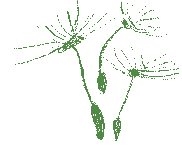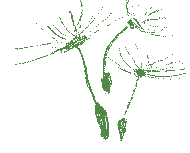


Herbaticus Ltd t: 0345 257 1088 e: [email protected] All rights reserved Copyright©Herbaticus Ltd 2017


Its a dog’s diet !
Types of bones : chicken, wings. necks thighs legs, pheasant, rabbit portions, lamb ribs, beef ribs are good choices. Bigger bones such as knuckle bones usually have little meat on them and are really more for entertaining your dog, whilst they effectively clean their own teeth.
Dogs given bones to gnaw on, will have clean healthy teeth and gums, all their lives, as the chewing action, polishes the plaque and tartar and massages the gums.
As with any other food you feed, use common sense and adjust it to age, size and activity levels.
So when you first start feeding bones, do stay with your dog to see how they go about eating them. Just in case, your happy go lucky,eat all, swallow it whole, Labrador decides this is the only way to tackle this food. Most dogs will know instinctively what to do, others will need a bit of persuading and yes a very few may need preventing from trying to swallow the bone whole. For very small dogs, feeding the outer part of a chicken wing would be a very good introduction to bone eating.
The psychological benefits of feeding bones, should not be forgotten, your dog will have great joy and satisfaction in doing what nature has designed it to do.
For the tiny minority of dogs where feeding whole bones is not an option, you could opt to grind in the bone with the meat, you would need a special grinder for this, so a much easier option would be to buy mince with ground bone mixed in, which is now available from a number of supplies of raw food for dogs. This makes a very good alternative.
Offal up to 15% of the total meat/bone content can be offal. Make it part of the meat portion of the meal, don't feed all kidney for example in one meal. Making it a small portion of the whole meal would mimic nature, for example if they had caught a rabbit. Only a minor" portion" of that rabbit would be kidney. Tripe if you feed tripe, make sure it is green tripe. White tripe has been through a " safe" bleaching process with sodium carbonate peroxide. When a carnivore eats freshly caught prey it will usually eat the stomach and its contents first, this is because the stomach wall (tripe) contains enzymes which aids digestion. In addition, the partially digested herbs and grasses of in the stomach of the rabbit provides easily absorbed vitamins and minerals for a carnivore/omnivore.
Raw fish is an excellent source of protein, make absolutely sure there are no bones. Feed in similar quantities to meat, although some fish are much richer in protein than meat and your dog may require less.
Salmon, unless you are prepared to pay for wild salmon, we would suggest avoid it, most farmed salmon are intensely farmed and forced to swim around in waters, dense with their own excrement. To keep them free of disease they are routinely treated with antibiotics ." tasty " For the same reason avoid salmon oil and salmon skin treats.
Vegetables, approx 15% -25% of your dogs diet, should be vegetables, the only way to get reasonable close to the pre digested form that mimics nature, is to finely chop or pulverize them in a food processor/ stick blender and mix in with mince/meat Buying mixed bags of frozen vegetables from the super market is an excellent labour saving and economical way of providing vegetables in your dogs diet. Adding green leafy vegetables such as spinach is also easy and nutritious









